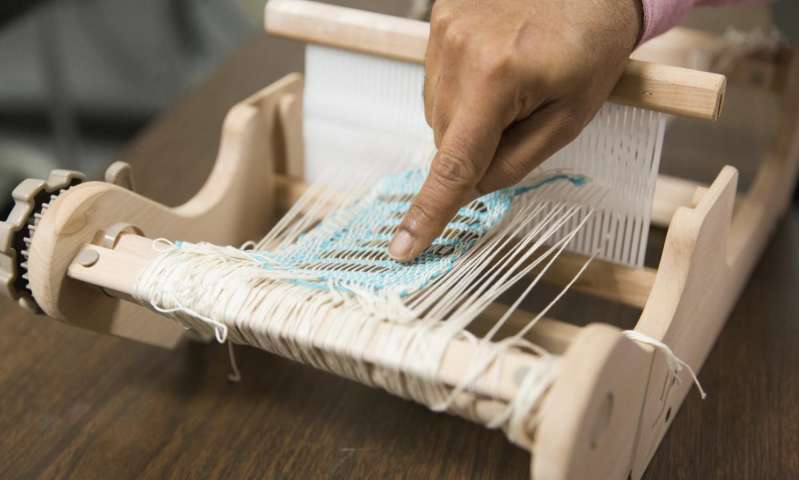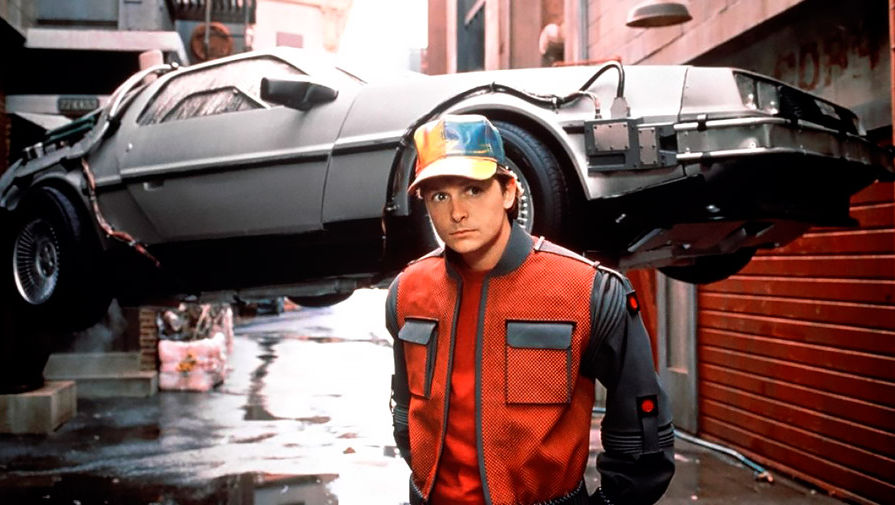The film inspired the scientist to create "solar clothing"

Marty McFly self-laced sneakers from Back to the Future 2 were inspired by a Central Florida scientist (UCF) to invent threads that can generate energy from the sun and store it, and can also be woven into a textile canvas.
This invention can turn jackets, jackets or other clothing into rechargeable batteries from the sun that do not need to be plugged into a wall outlet. One day this could be a revolution in the world of wearable electronics, which would help everyone, from soldiers dragging heavy batteries on themselves, to teenagers who cannot imagine their existence without digital technologies who could charge their mobile just by putting it in their pockets.
“This film was a motivation,” says Jayan Thomas, an associate professor at the University of Central Florida’s NanoScience Technology Center’s Nanotechnology Center, about a 1989 film. “If you can develop self-charging clothes or textiles, then you can realize these cinematic fantasies and this is really cool.” (We are probably talking about Marty’s jacket, which was customized in size and could dry itself in a few seconds. - dryers, powered by a rechargeable battery, which was enough for 30 minutes of the dryer - approx. translator)
')

The research of the scientist was published on November 11, 2016 in the academic journal Nature Communications.
Thomas and earlier noted awards. Last year, he received the R & D 100 Award — an award given to the world's most prominent inventors — for developing a cable that can not only transfer energy, but also store it like a battery. He also works on translucent solar panels that can be used to make windows that can generate electricity. His new work is based on these two studies.
“I came up with this idea: In the laboratory, we are creating energy storage devices and solar panels. Why not combine these devices? ”- says Thomas. Through joint meetings at the College of Optics and Photonics, as well as at the Department of Materials Science and Engineering, he intended to do just that.
He further introduced a technology that would help implement the wearable technology. His research team developed filaments in the form of thin, flexible and light copper tapes, which have a solar cell on one side and an accumulating layer on the other.
And while modern nanotechnology is more advanced, Thomas and his team bought a small table-type loom and after another UCF scientist taught them to use it, they wove ribbons into a yarn square.
This concept proved that jackets or any other outerwear for collecting and storing electricity needed to charge phones, personal medical sensors and other technological devices can be penetrated with such threads. This is an achievement that overcomes the main drawback of solar batteries - the energy they produce must either flow into the network or be stored in a battery, which limits the portability of such a system.
“The main consumer of this technology could be the military,” says the scientist. “When you represent our soldiers in Iraq or Afghanistan, you imagine that they are in the heat under the sun. Some of them carry more than 13 kilograms of batteries. It is very difficult for the military to deliver batteries to soldiers in such a hostile environment, and such an item of clothing could at the same time produce and store energy if there is access to sunlight. ”
There are also many other applications of this technology, such as electric cars, which could simultaneously generate and store electricity while in the sun. “This is the future,” says Thomas. - The fact that we did it says that it is possible to do it. Our technology will be useful, both military and the rest of the population. "
A source
Source: https://habr.com/ru/post/399129/
All Articles